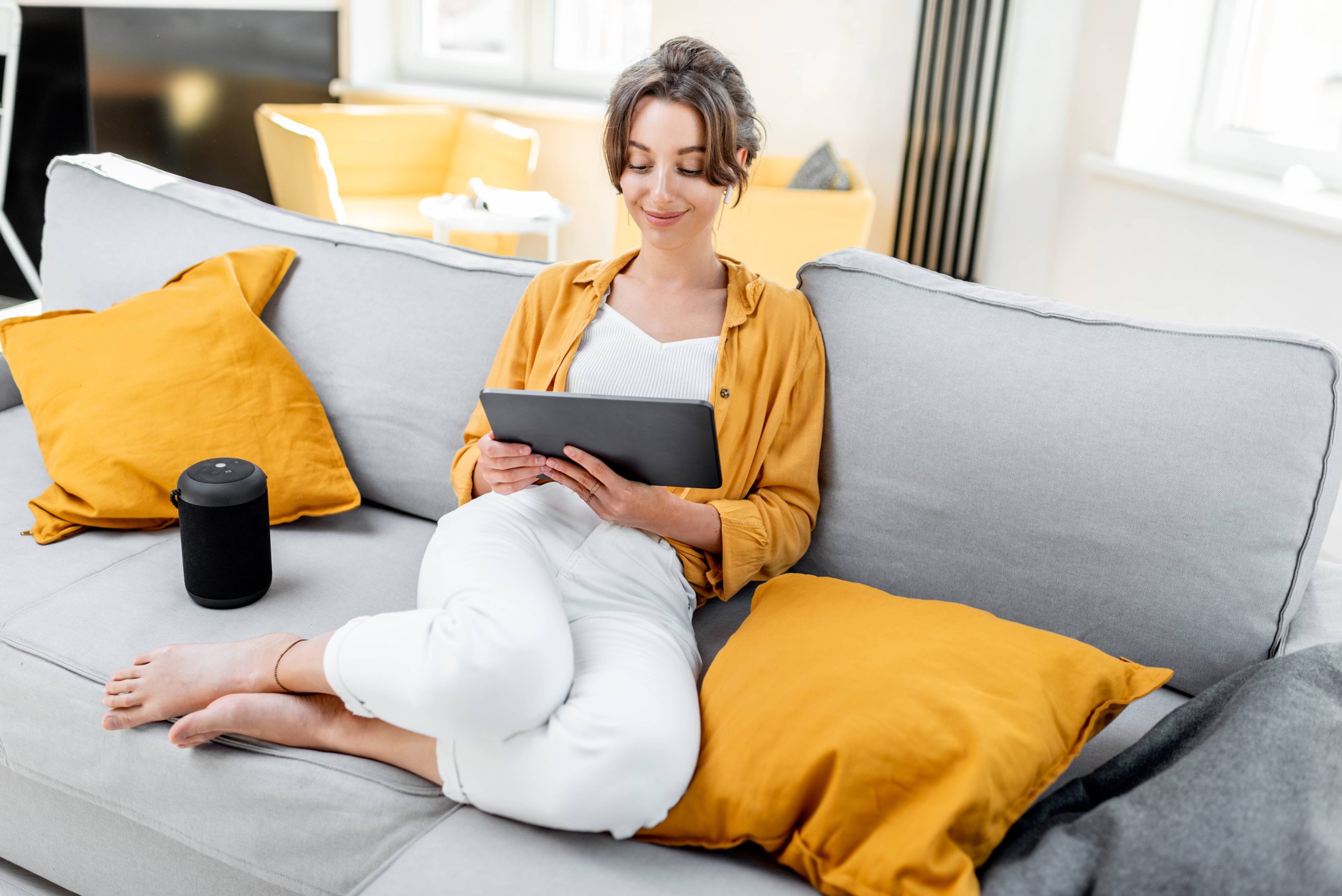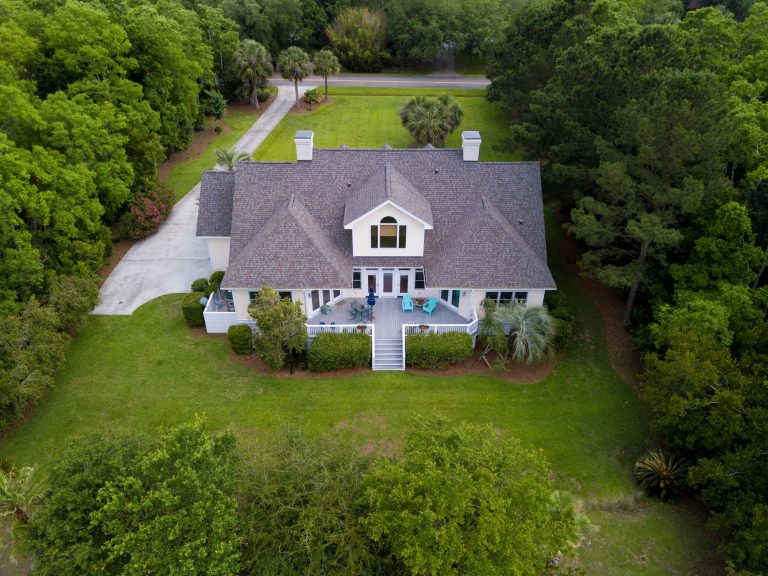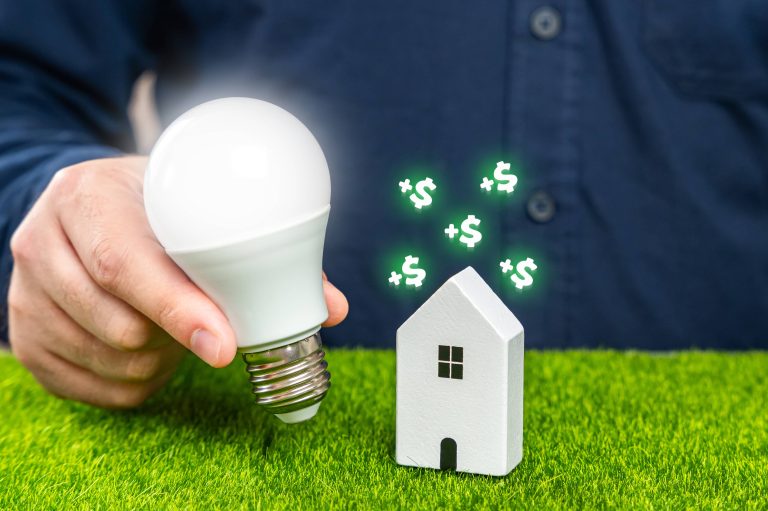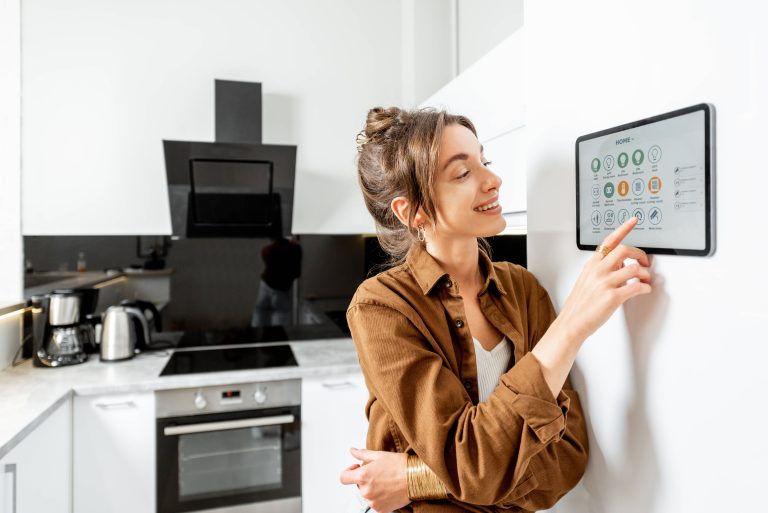
In the age of smart homes, convenience, entertainment, and comfort are not the only factors to be considered. With the growing emphasis on sustainability and energy efficiency, it’s crucial for homeowners to invest in smart devices that not only elevate their living experience but also help in reducing their carbon footprint. Energy-efficient smart devices can significantly lower electricity bills, contribute to environmental conservation, and provide an overall boost to home automation capabilities. In this blog post, we will explore some of the most energy-efficient smart devices available on the market that blend seamlessly into your smart home ecosystem.
1. Smart Thermostats
A smart thermostat is an essential device for any energy-efficient smart home. These devices not only allow you to control the temperature of your home remotely but also learn your habits and adjust the heating or cooling accordingly. Some of the most popular and energy-efficient smart thermostats include:
a. Nest Learning Thermostat
The Nest Learning Thermostat is a leader in smart home climate control. It learns your schedule and preferences, automatically adjusting temperatures to suit your routines. According to studies, it can save an average of 10-15% on heating and cooling bills. Its Home/Away Assist feature ensures that the system is not running unnecessarily when no one is home.
b. Ecobee SmartThermostat with Voice Control
The Ecobee SmartThermostat uses occupancy sensors to detect whether someone is home, adjusting temperatures to optimal levels automatically. Its integration with voice assistants like Alexa allows for hands-free control. Additionally, Ecobee’s system analyzes external weather conditions to optimize energy use efficiently.
2. Smart Lighting
Lighting constitutes a big portion of the energy consumption in households. Smart lighting solutions can significantly cut down on wasted energy. These products generally feature LED bulbs, which are already more efficient than traditional incandescent bulbs, and they offer added control and automation features.
a. Philips Hue
Philips Hue smart lighting products combine energy-efficient LED technology with advanced customization and control. You can set schedules, change colors, and remotely control your lights using a mobile app or voice controls. These LED bulbs use about 70-80% less energy than traditional bulbs, significantly reducing your energy bills.
b. LIFX Smart Bulbs
LIFX smart bulbs are known for their brightness and color range, providing both functional and ambiance lighting. The Wi-Fi-enabled bulbs don’t require a hub and can be controlled using a smartphone app. Their energy-efficient design ensures that you can enjoy bright, vibrant lighting without worrying about high electricity consumption.
3. Smart Plugs
Smart plugs are an excellent way to make your existing devices a part of your smart home system. They allow you to monitor and control the energy usage of anything plugged into them, enabling you to cut down on phantom loads and unnecessary power consumption.
a. TP-Link Kasa Smart Wi-Fi Plug Mini
TP-Link’s Kasa Smart Wi-Fi Plug Mini is a cost-effective way to make your home more energy-efficient. It includes features like scheduling, away mode, and voice control compatibility with Alexa and Google Assistant. The energy monitoring capability lets you see real-time power consumption, making it easier to identify power-hungry devices.
b. Wemo Insight Smart Plug
The Wemo Insight Smart Plug provides real-time reports on energy consumption and costs for any connected device. Its auto-off feature ensures that devices are not left running when not needed. Its compatibility with voice assistants and integration into the larger Wemo ecosystem makes it a flexible option for any smart home.
4. Smart Appliances
Upgrading to smart appliances can offer significant energy savings. These appliances are designed to optimize cycles, reduce waste, and operate more efficiently than their traditional counterparts.
a. Samsung Smart Refrigerator
The Samsung Family Hub Smart Refrigerator is packed with features that go beyond just keeping your food fresh. It helps in maintaining optimal temperatures, reducing energy waste while offering connectivity options like grocery management and family communication.
b. LG Smart Washer and Dryer
LG’s smart washer and dryer are designed to use minimal water and electricity while providing optimal cleaning performance. With features like SmartThinQ technology, you can monitor energy usage, run diagnostics, and control cycles remotely, ensuring that you’re always running your appliances in the most efficient manner.
5. Smart Power Strips
Smart power strips provide an efficient solution to the problem of standby power consumption. They allow you to control multiple connected devices individually, ensuring that there is no wasted energy.
a. APC Smart Power Strip
The APC Smart Power Strip is surge-protected and provides control over individual outlets. This feature ensures that only the devices you select are using power, significantly cutting down on wasteful energy consumption. The master-controlled outlets also shut down peripheral devices when the main device is turned off.
b. BN-LINK Smart Power Strip
The BN-LINK Smart Power Strip offers Wi-Fi connectivity, scheduling, and compatible app control. Each outlet can be controlled separately, helping you manage the power usage of multiple devices from anywhere. It’s also compatible with Alexa and Google Assistant for voice control.
Conclusion
Investing in energy-efficient smart devices is a win-win for both homeowners and the environment. These devices reduce energy consumption, lower utility bills, and contribute to environmental sustainability while enhancing the comfort and convenience of modern living. Whether it’s smart thermostats that learn your habits, smart bulbs that illuminate efficiently, or smart power strips that eliminate phantom loads, these devices provide a practical approach to creating a greener, smarter home. As technology continues to advance, the options for energy-efficient smart devices are bound to expand, making it easier than ever to integrate sustainability into our everyday lives.







